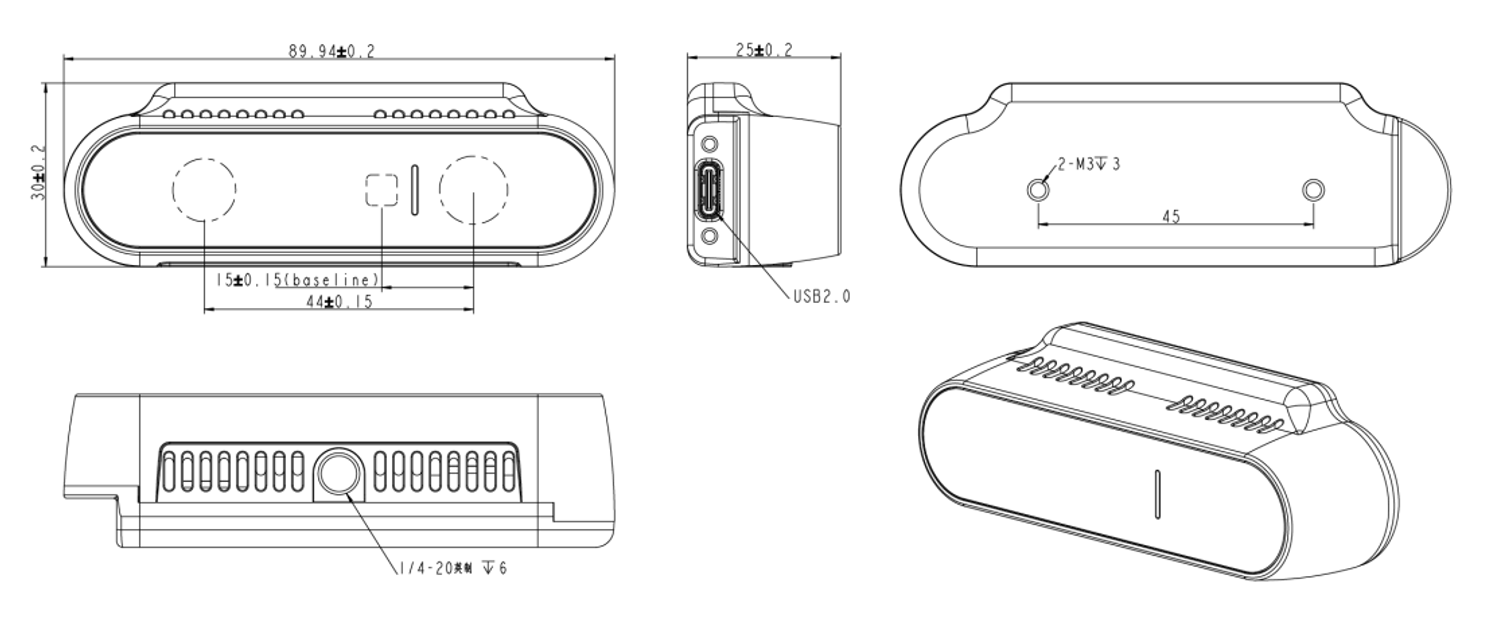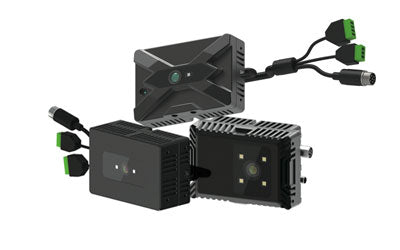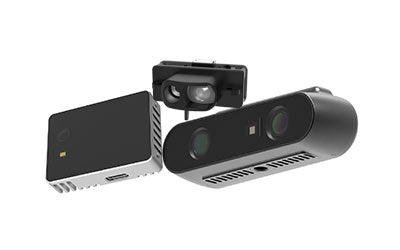The impact of TOF sensors on 3D scanning and imaging

Three-dimensional (3D) scanning and imaging have revolutionized various industries in recent years. From manufacturing to medicine, 3D imaging has become an indispensable tool for creating detailed and accurate models of objects and environments. One crucial component that has contributed significantly to the advancement of 3D scanning is the time-of-flight (TOF) sensor.
TOF sensors work by emitting a pulse of light and measuring the time it takes for the light to reflect back to the sensor. By calculating the distance between the sensor and the object, TOF sensors can create a highly accurate 3D model of the object or environment. This technology has proven to be highly effective in various industries, including architecture, robotics, and even video games.
One of the most significant impacts of TOF sensors on 3D scanning is their ability to capture highly detailed and accurate models in real-time. This means that the technology can be used to scan and create 3D models of moving objects or environments. For example, in the manufacturing industry, TOF sensors can be used to scan products on a production line, allowing for real-time quality control and analysis.
In the healthcare industry, TOF sensors have become a vital tool in medical imaging. Medical professionals can use the technology to create highly accurate 3D models of patients' organs, allowing for more precise diagnoses and treatment plans. Additionally, TOF sensors can be used in robot-assisted surgeries, where the technology allows the surgeon to create a detailed 3D model of the patient's anatomy, helping to guide the surgery and improve its accuracy.
TOF sensors have also made significant contributions to the field of robotics. The technology allows robots to navigate and interact with their environments more effectively. For example, a robot equipped with TOF sensors can accurately detect and avoid obstacles in its path, making it safer and more efficient.
Another critical impact of TOF sensors on 3D scanning is their ability to create highly detailed and accurate models in low-light environments. Traditional 3D scanning technologies often struggle to capture accurate data in low-light conditions, making them unsuitable for certain applications. TOF sensors, on the other hand, are highly effective in low-light environments, making them ideal for applications such as archaeological digs or even deep-sea exploration.
In conclusion, the impact of TOF sensors on 3D scanning and imaging has been significant. The technology has enabled highly accurate and detailed 3D models to be created in real-time, allowing for new applications and use cases in various industries. As the technology continues to evolve, we can expect even more exciting applications of TOF sensors in the future.
Synexens 3D Of RGBD ToF Depth Sensor_CS30

Our professional technical team specializing in 3D camera ranging is ready to assist you at any time. Whether you encounter any issues with your TOF camera after purchase or need clarification on TOF technology, feel free to contact us anytime. We are committed to providing high-quality technical after-sales service and user experience, ensuring your peace of mind in both shopping and using our products.
-
Posted in
CS30


